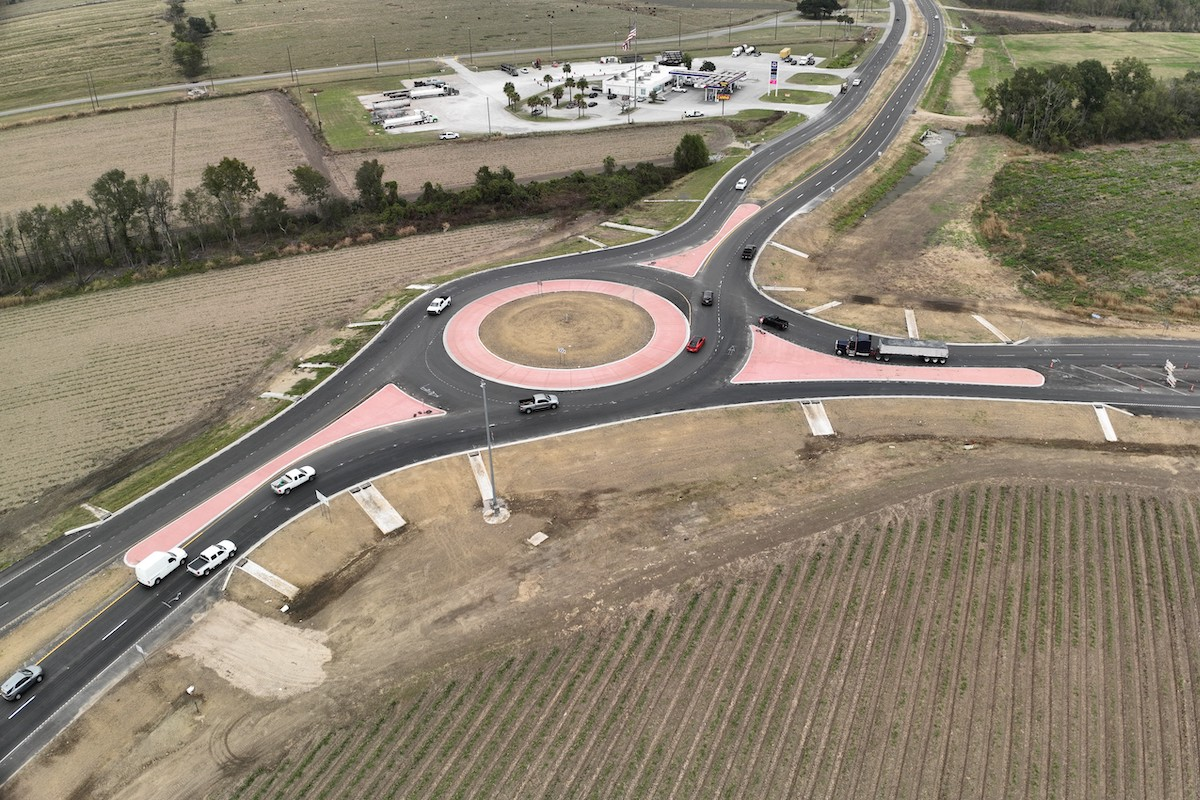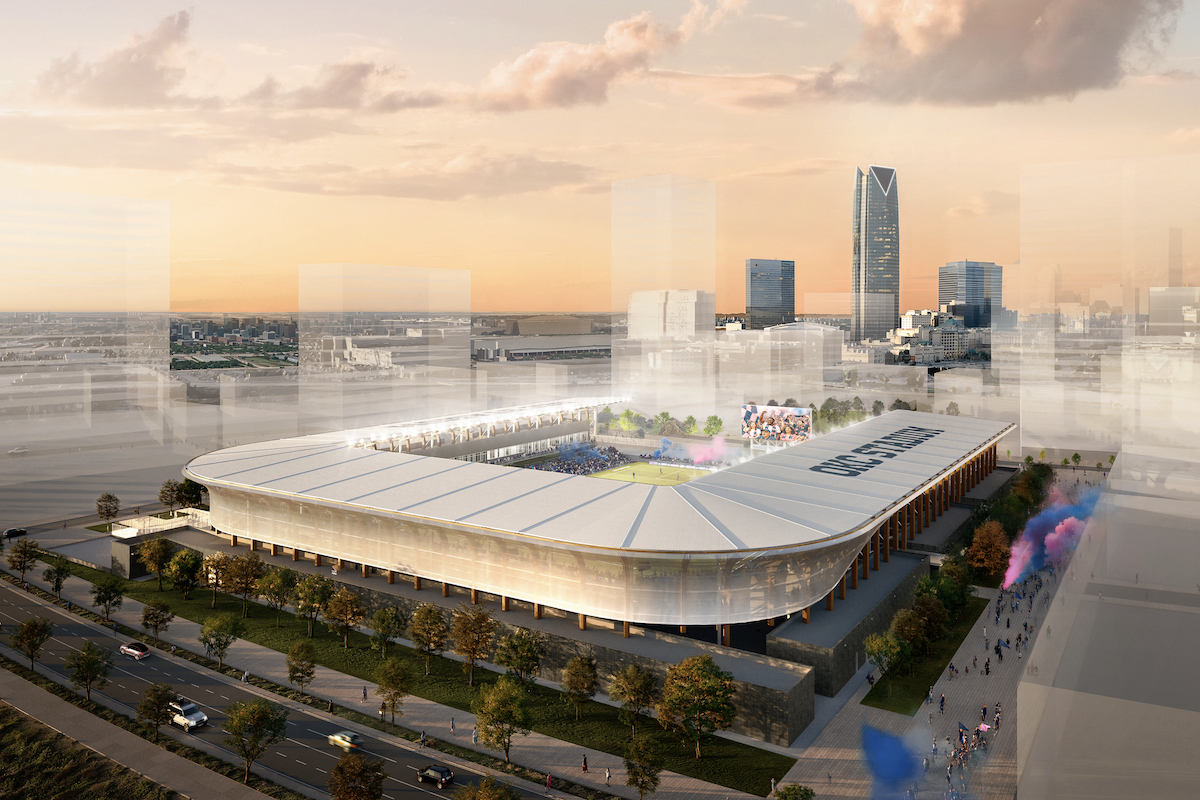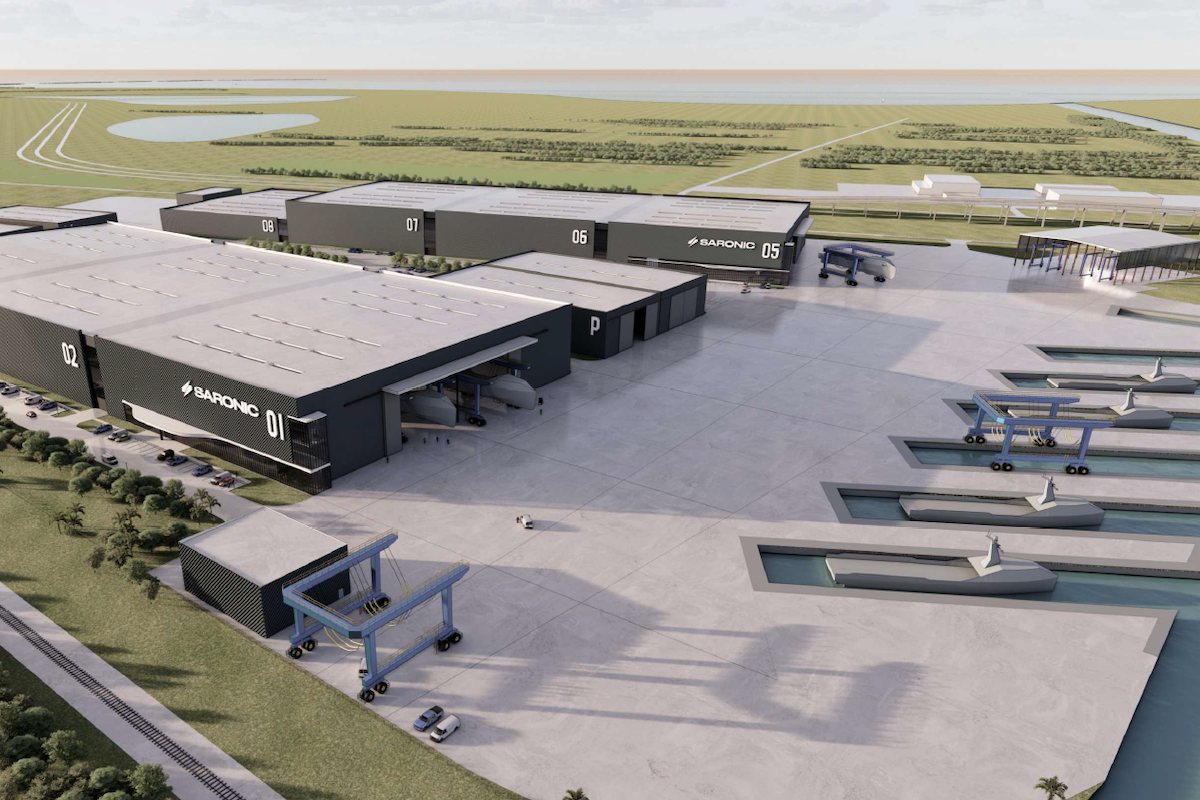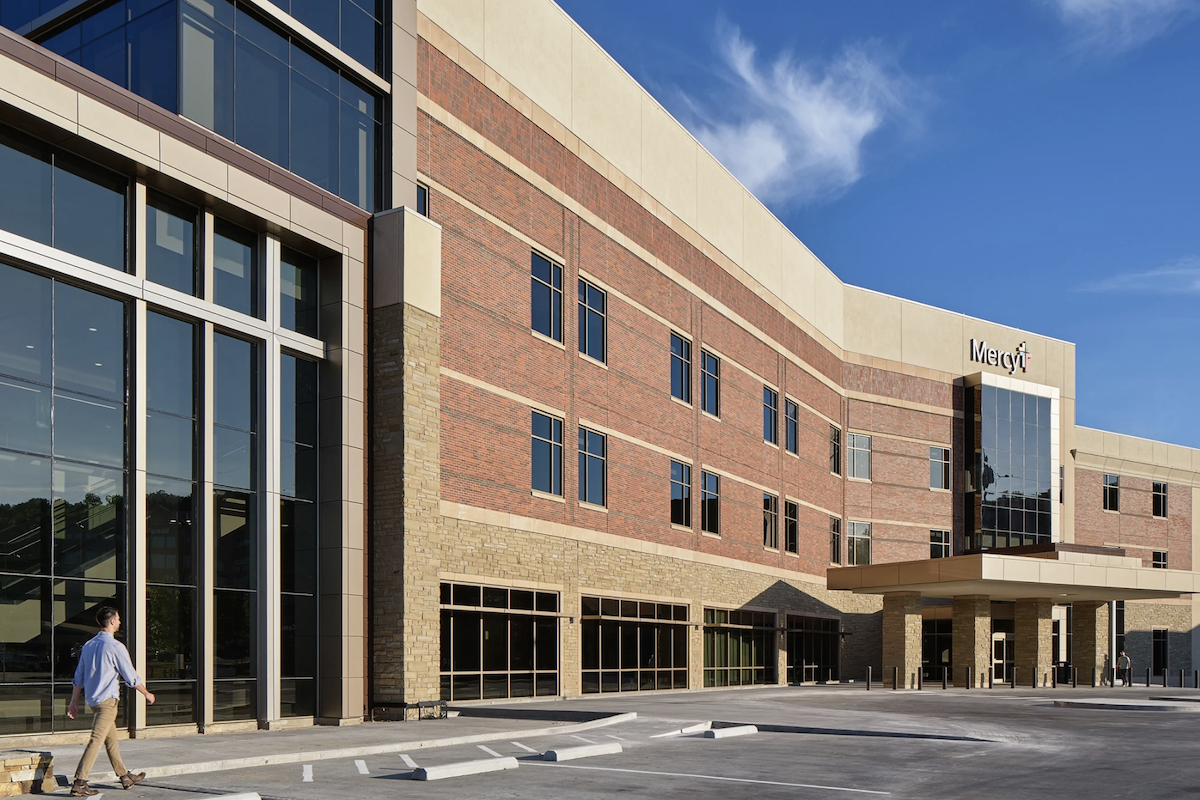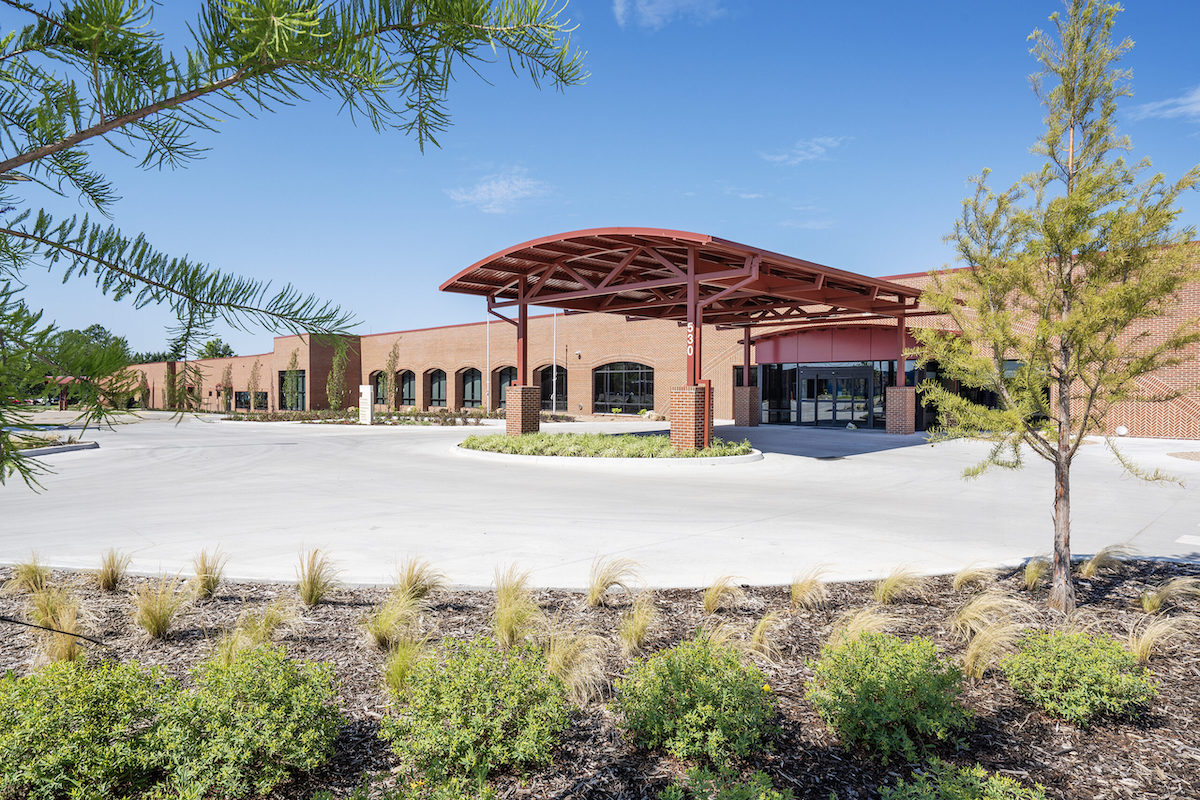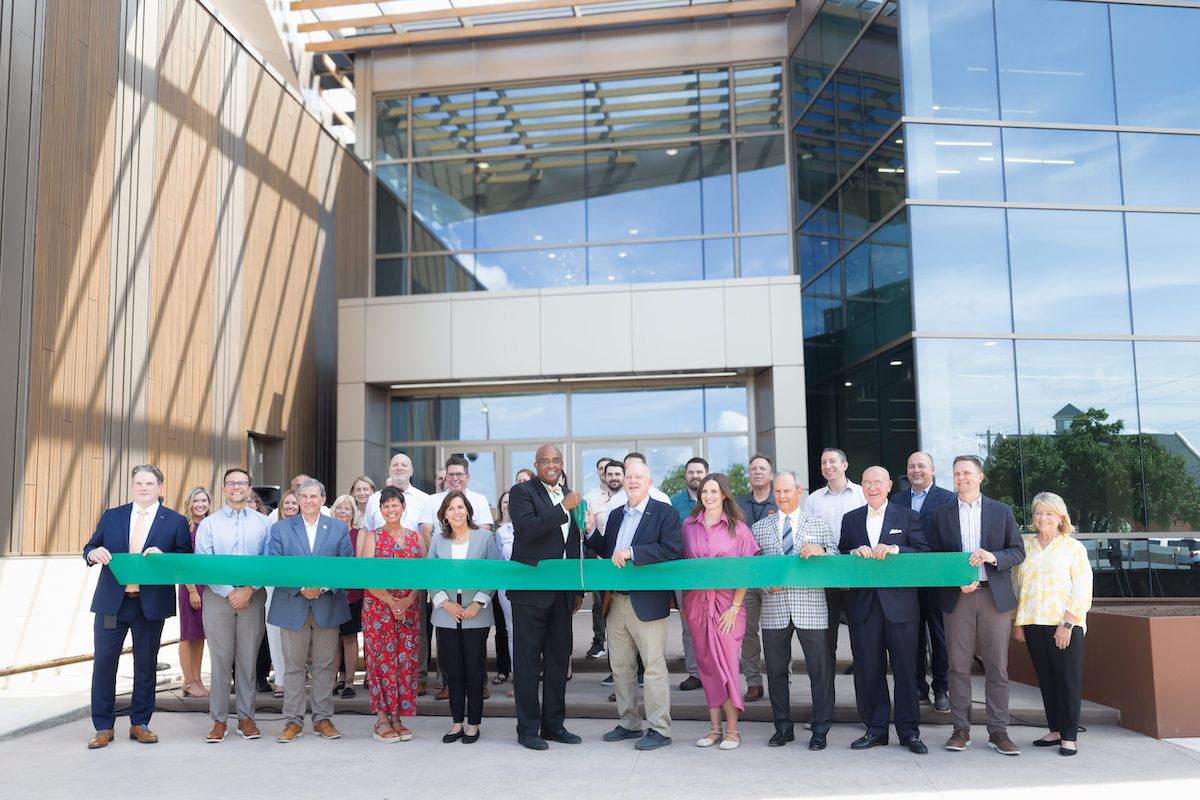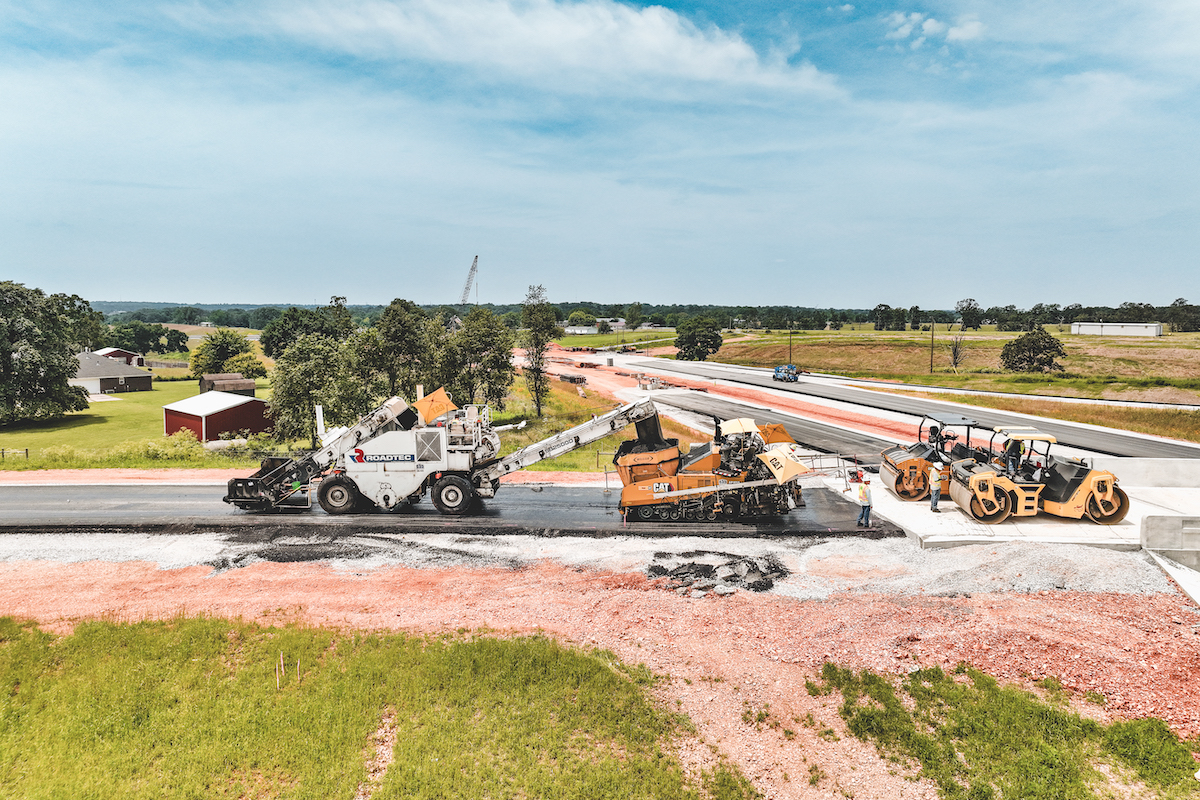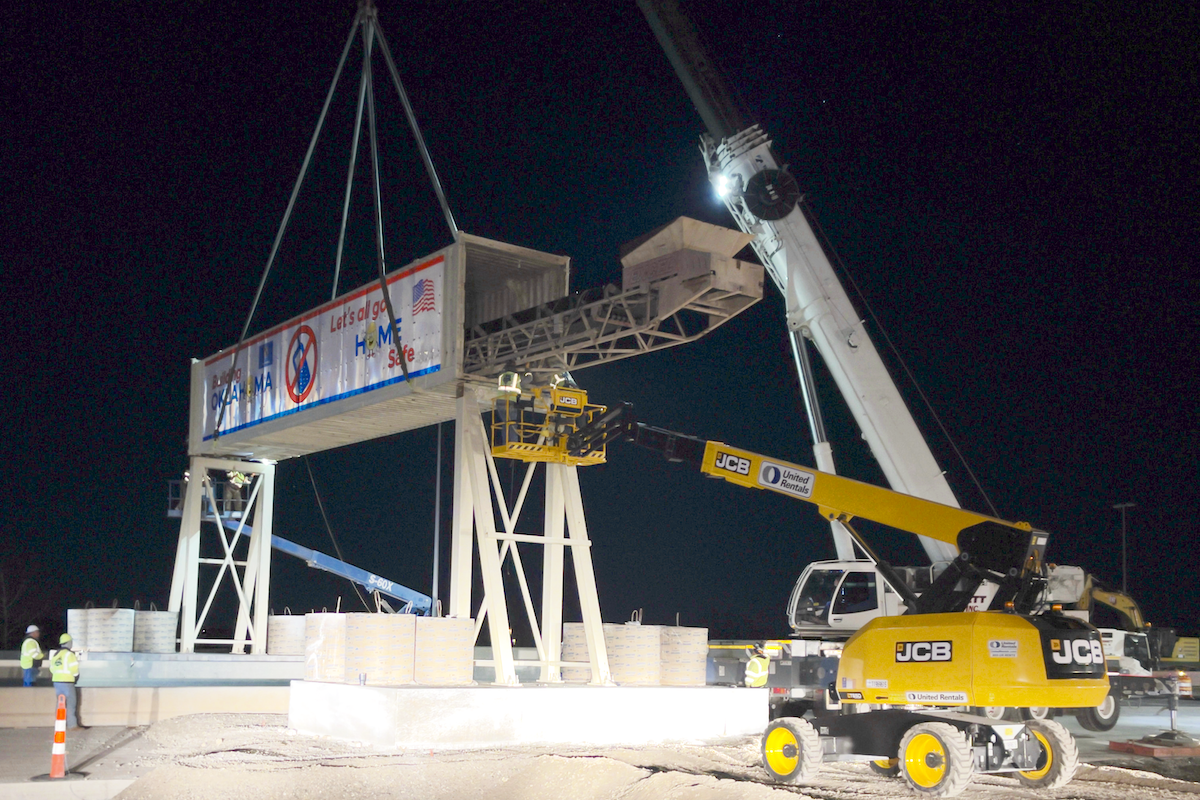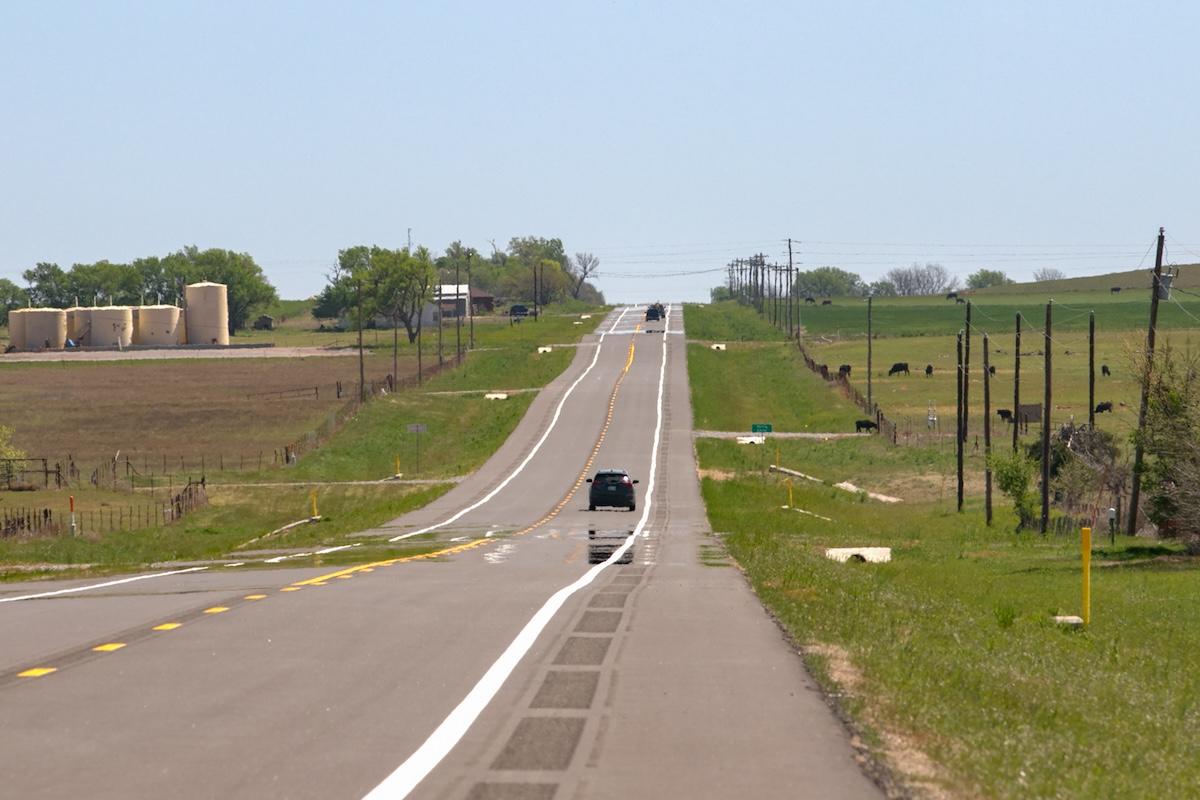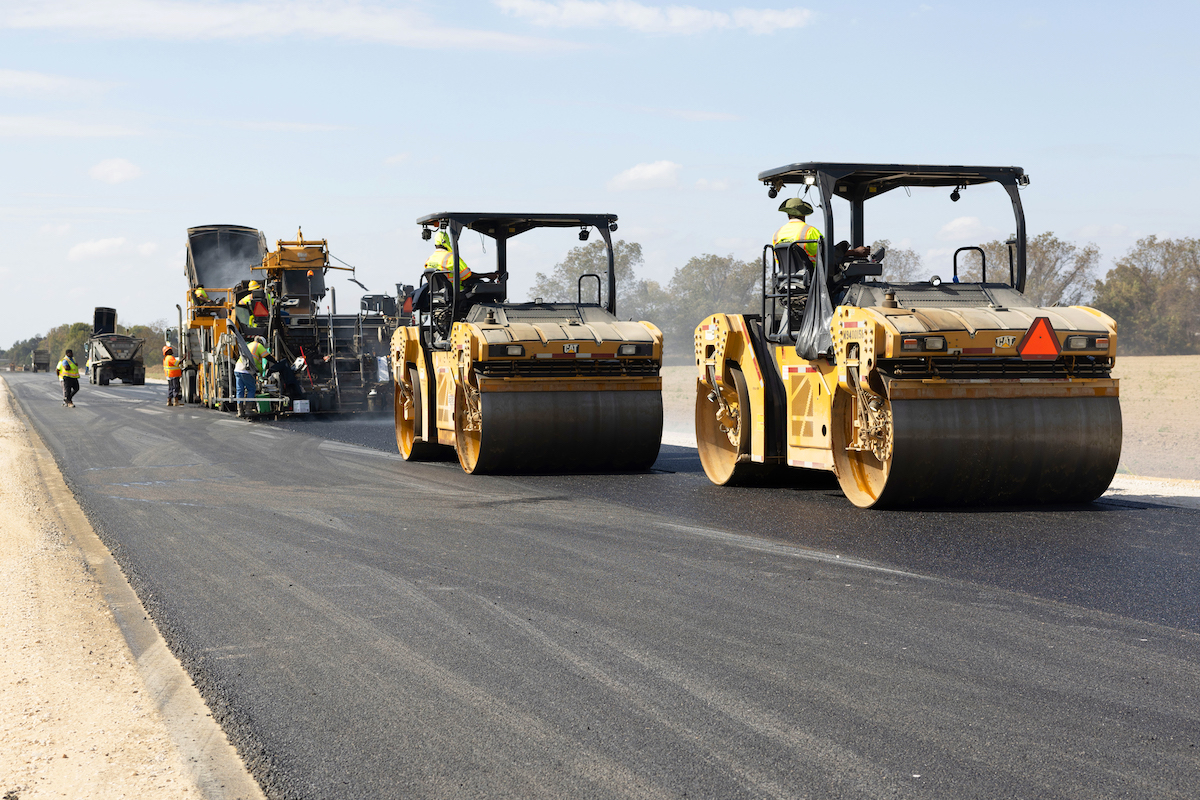"This funding will allow us to invest in green infrastructure that will aid in everything from affordable housing to a range of resilience projects," Mayor LaToya Cantrell said. "This helps provide an innovative financing solution for high-impact projects without relying solely on annual city budget cycles."
The city and FANO expect to issue an EIB in the range of $30 million, which will allow the city to offer green mortgages to homeowners and developers to add energy efficiency, renewable energy, and stormwater management retrofits. The city also plans to create a pool of capital for other resilience projects in the city that includes community solar farms, water mitigation and management projects, transit, and other work to enhance overall resilience. The EIB approach helps align all stakeholders' interests, pay back based on outcomes, and leverage and build the capacity of an existing financing entity in FANO.
The City of New Orleans and the City of Memphis were the only two MRCTI recipients.
The EIB fits with the city’s reinvestment and resilience strategy post-Hurricane Katrina. The city’s Urban Water Plan, for example, provides a new vision of living with water — using adaptation to complement other efforts including flood protection. The EIB will contribute to solutions that will mitigate the effects of climate change as identified in the Climate Resilience Plan, and offers an opportunity to provide innovative solutions that can be used in other coastal communities.

| Your local NPK Construction Equipment Inc dealer |
|---|
| WPI |
“Every dollar we spend on infrastructure is an investment in our future as a resilient city, and nation,” Cantrell said.
Mayor Cantrell acknowledged the work of other MRCTI member mayors, including Co-Chair Sharon Weston-Broome, Mayor-President of Baton Rouge, as well as grant award presenter Quantified Ventures.
The total cost of the 2019 flood across the Mississippi River Basin was $20 billion, according to the National Oceanic & Atmospheric Administration. River cities are facing a dangerous situation in the lower river, a storm surge coupled with high Mississippi River levels that will present a threat to the greater New Orleans region.













